In the northern fringe of the Intermontane Grassland of the West, the grass mingles with water and trees.
Here’s another view:
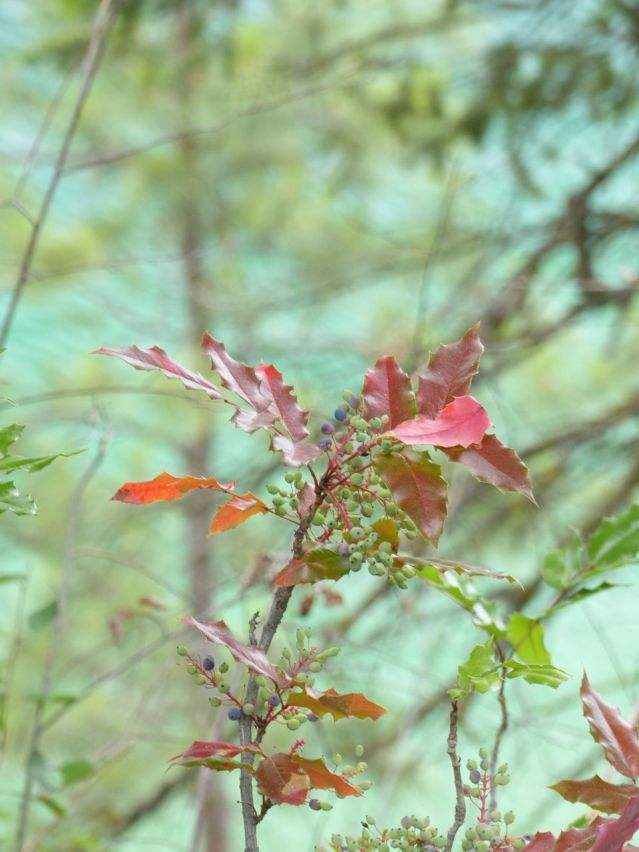 The earth generates colour here on contact with light from the sun. What it adds are profound differences of soil and water — light-fixing mediums. Just a few feet from the above image, the constellation of water, soil, and light, creates a different energy entirely…
The earth generates colour here on contact with light from the sun. What it adds are profound differences of soil and water — light-fixing mediums. Just a few feet from the above image, the constellation of water, soil, and light, creates a different energy entirely…
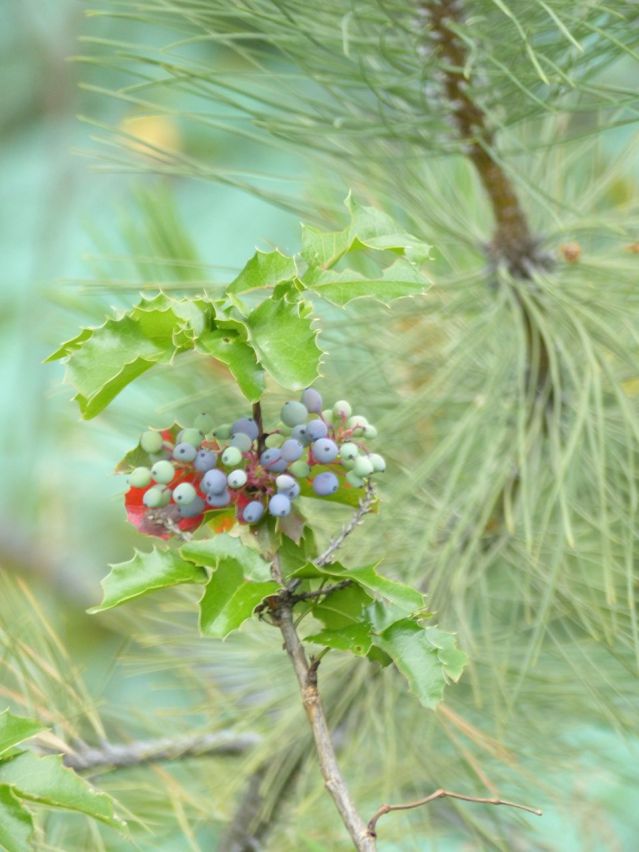 The poet Goethe taught us how to read these changes of energy as changes in mood: the mood of us, the viewer, the mood of the light, that comes from the sun, and the mood of the land. That is a profound gift from the past. But it’s not really from the past, is it. As the image below shows (a hundred metres from the three images above), it is a gift from the present.
The poet Goethe taught us how to read these changes of energy as changes in mood: the mood of us, the viewer, the mood of the light, that comes from the sun, and the mood of the land. That is a profound gift from the past. But it’s not really from the past, is it. As the image below shows (a hundred metres from the three images above), it is a gift from the present.
Young Ponderosa Pine, Kalamalka Lake
The human eye is a better recording device for the moods of light than a Panasonic Lumix. Notice how the camera has burnt out the light caught in the hollows and dried out chloroplasts of the grasses. The eye would have just seen light. Still, the photograph serves as a hint of what can be seen with the proper gear. The light of the day has the capacity for an infinite number of moods in very close proximity. Here’s a juniper on a cliff just above the previous image and 30 metres to the east.
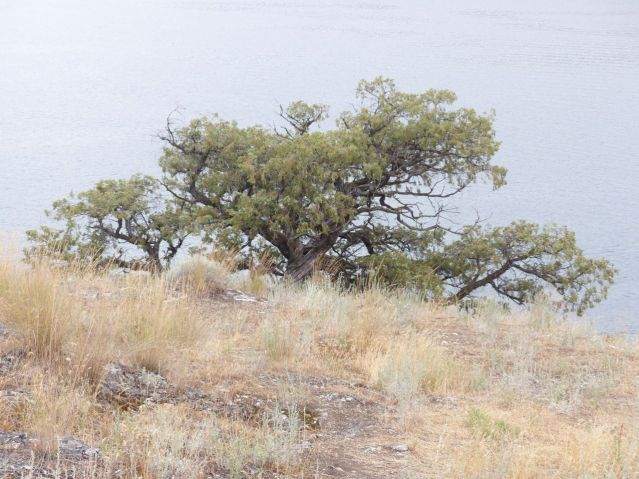 Note that the reds in the grasses are invasive cheatgrass. The hot mood they set (and the drought they bring to the grasslands) are the signature of European settlement in most of North America. The sun records this mood precisely. These moods are not for human entertainment. They are the life within a place. Perhaps the following image shows that clearly.
Note that the reds in the grasses are invasive cheatgrass. The hot mood they set (and the drought they bring to the grasslands) are the signature of European settlement in most of North America. The sun records this mood precisely. These moods are not for human entertainment. They are the life within a place. Perhaps the following image shows that clearly.
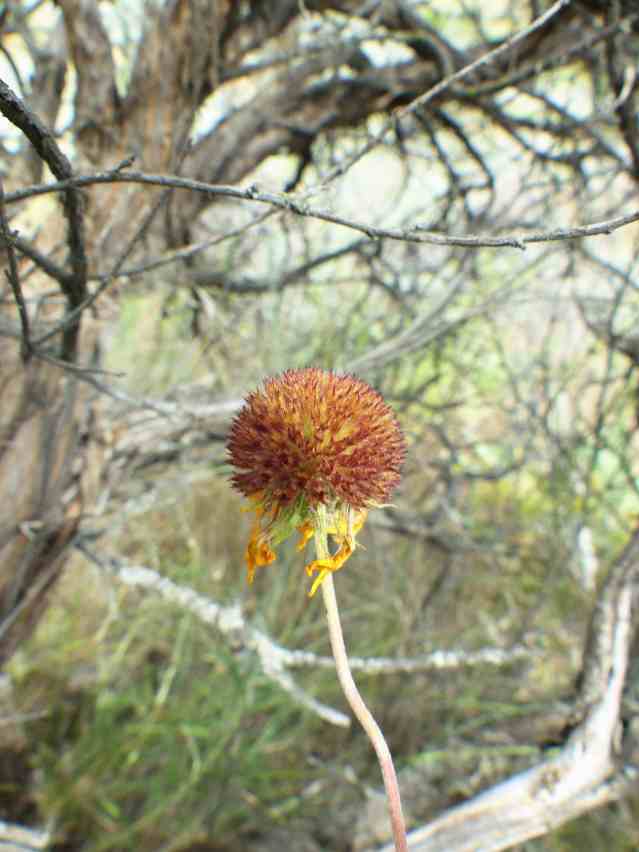 Brown-Eyed Susan, Waiting for the Wind
Brown-Eyed Susan, Waiting for the Wind
This structure at the heart of the flower, is the mature form of the flower. Once sufficiently dried out by the maturing season, it will break apart in the wind (the effect can be hastened by being brushed by a passing deer). The mood of the season and the flower are one.
For humans, all this stuff is beautiful. Beauty is the word that describes the ability to read the landscape and to be at one with its moods. It’s not a word that describes a human faculty, but the one in which a human characteristic is one with the world around it, in accordance with the experience and training of that particular human, his or her refinement, so to speak, as a recording apparatus, that uses this information to spring to action.
To say that the colour of leaves is green is to represent late 19th century German industrial culture and the early 21st century advertising culture built upon it. If you wish to be a free human living on and with the earth, you have to throw away that industrial tool, because, as you can see above, it does not fit. Goethe went further, arguing that all of these colours, and the moods that go with them, are edge effects at the intersections of darkness and light. This is an edge effect …
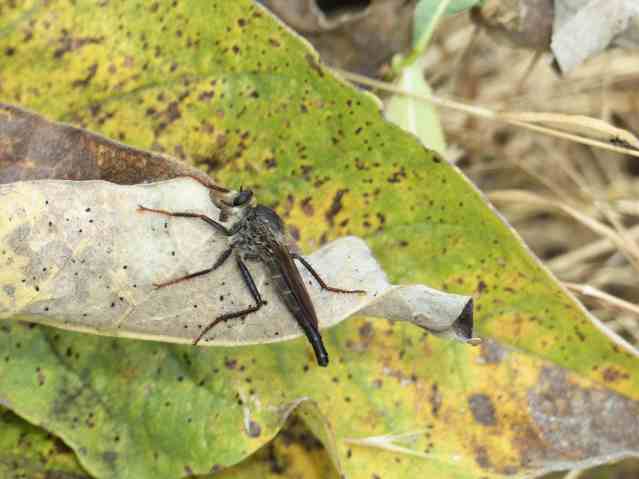 Wasp Killer on an Arrow-Leafed Balsam Root
Wasp Killer on an Arrow-Leafed Balsam Root
This is an edge effect …
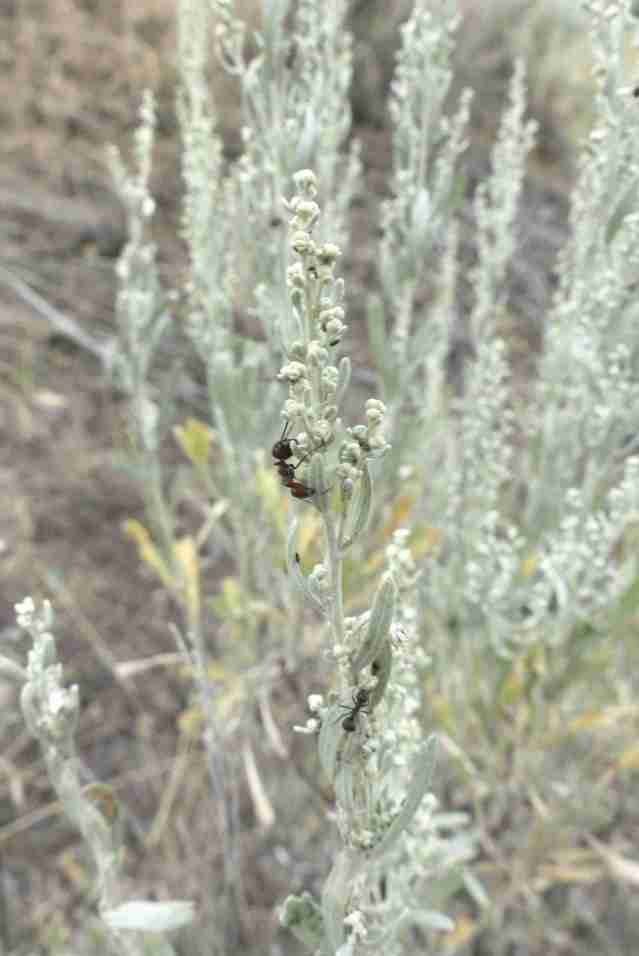 Ants Farming Aphids on Sagebrush
Ants Farming Aphids on Sagebrush
This is an edge effect …
Yes, the badger is home. Note that the green plants here are invasive species, and are another signature of the 19th century European conquest (so too is the reddish cheatgrass covering most of the scene.)
If humans look at the earth, they see themselves, but not as they imagine themselves. The land can be read, instead of merely passing. Nearly 200 years ago, Goethe pointed out that humans could develop a science that did not break but extended a unity of spirit, humanism, and earth. It’s around us, every minute of every day, just as it was in his time. Forget his complicated explanation. Just look at the world. Note the different moods between this image…
… and this one made about a second later…
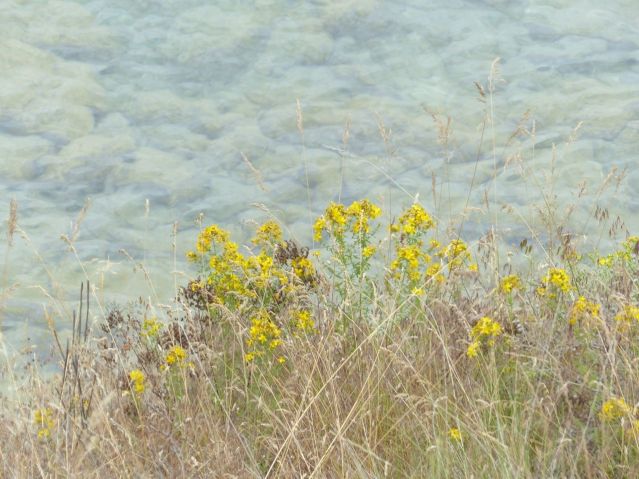 … and this one, a second later again…
… and this one, a second later again…
 Of course, a human viewer (That was me.) sees more than the camera has captured here, as the human view is not framed and cut out from the living flow of light. Landscape painters once knew how to record such effects. By bringing them into social conversation, they added to social conversation and the refinement of the human ability to see. Against that, the technology of the people who could not see in this way, the machine-guns of the Great War of 1914, managed to obliterate the pursuit. That was a hundred years ago. It’s time, I think, to put that great crime to rest. Look at the energy just streaming from the scene below.
Of course, a human viewer (That was me.) sees more than the camera has captured here, as the human view is not framed and cut out from the living flow of light. Landscape painters once knew how to record such effects. By bringing them into social conversation, they added to social conversation and the refinement of the human ability to see. Against that, the technology of the people who could not see in this way, the machine-guns of the Great War of 1914, managed to obliterate the pursuit. That was a hundred years ago. It’s time, I think, to put that great crime to rest. Look at the energy just streaming from the scene below.
 Crushed Roadbed Absorbing Little of The Sun But Reflecting Most of it to the Stars
Crushed Roadbed Absorbing Little of The Sun But Reflecting Most of it to the Stars
And a spider harnessing that energy and turning it into movement.
It is time to learn from spiders. Anything else increases human and earthly poverty. Our fates are one. Just look.
Categories: Arts, Gaia, Grasslands, Industry, invasive species, Light, Nature Photography, Other People, Science



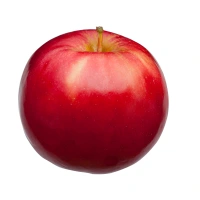
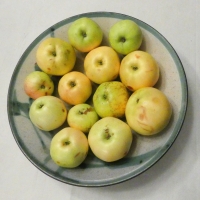


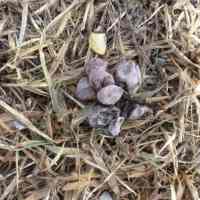
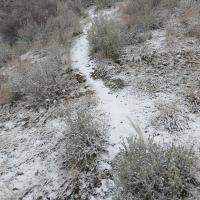
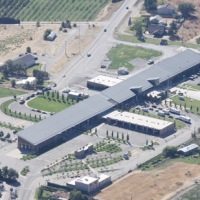
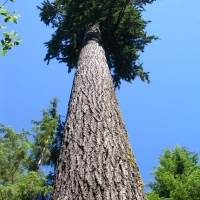
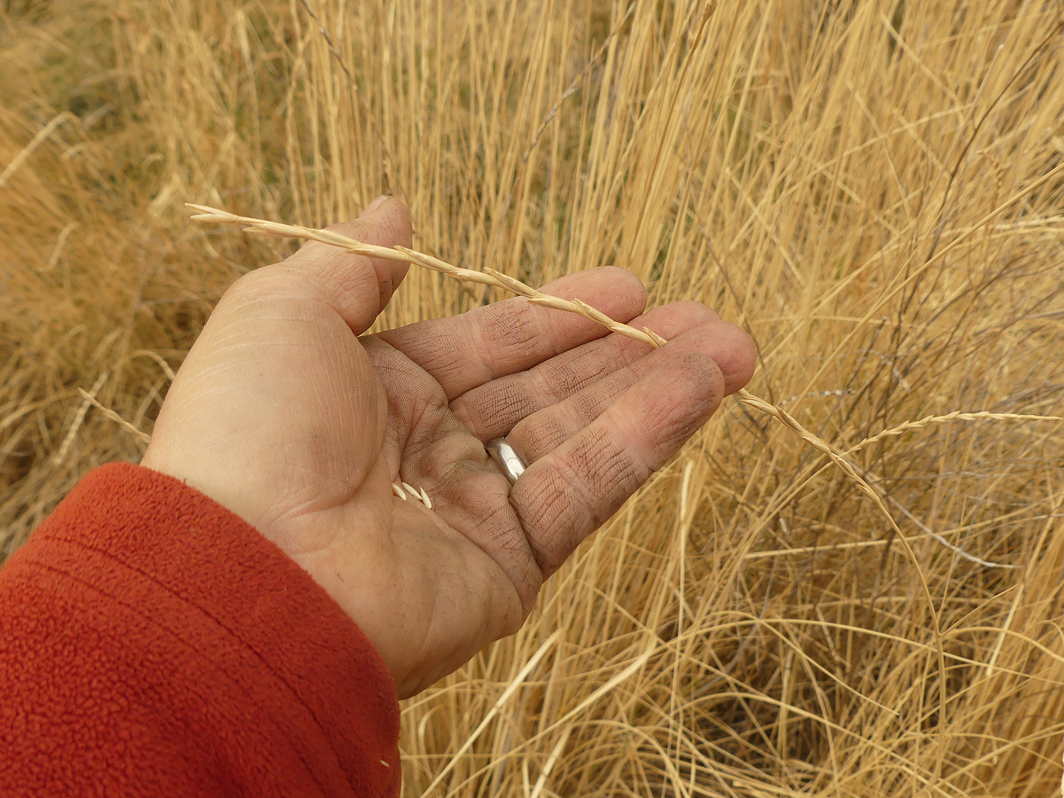
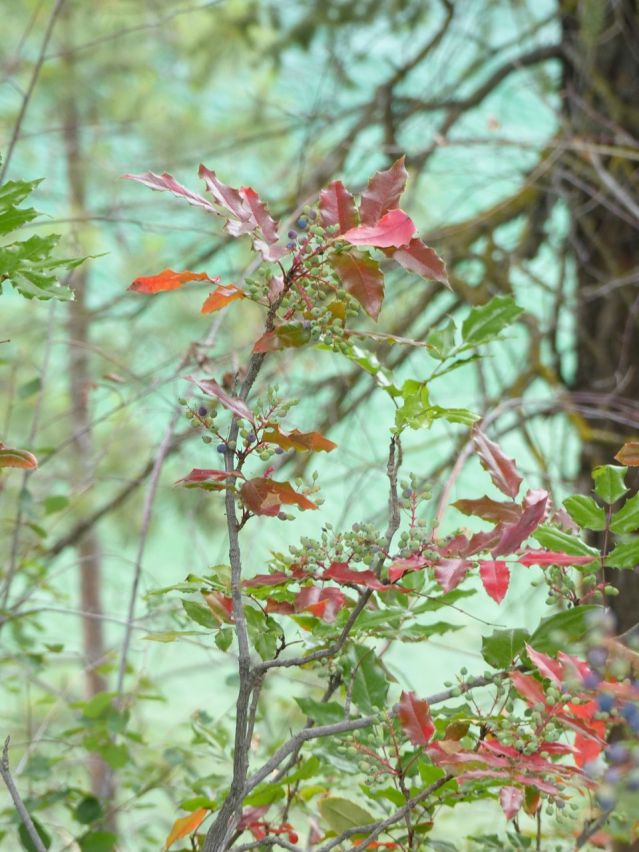
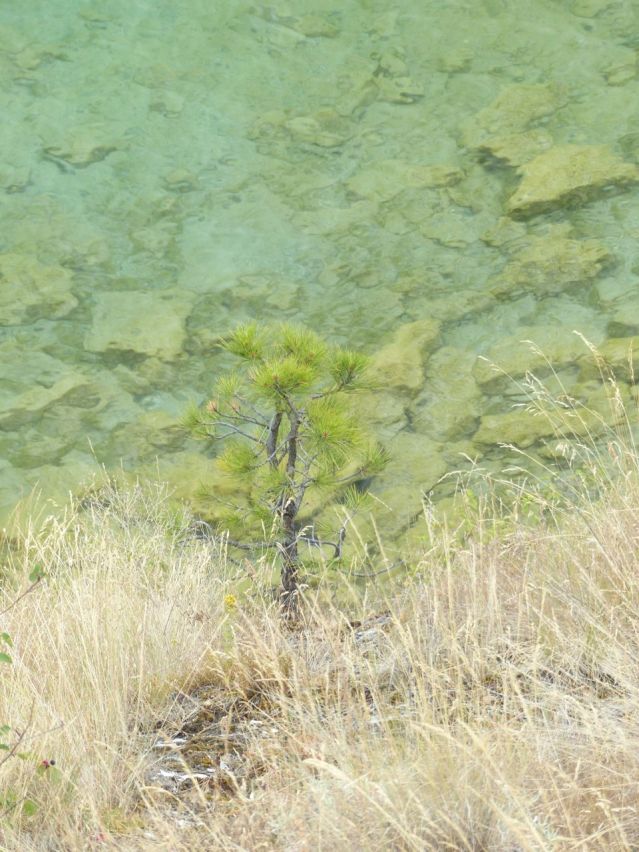

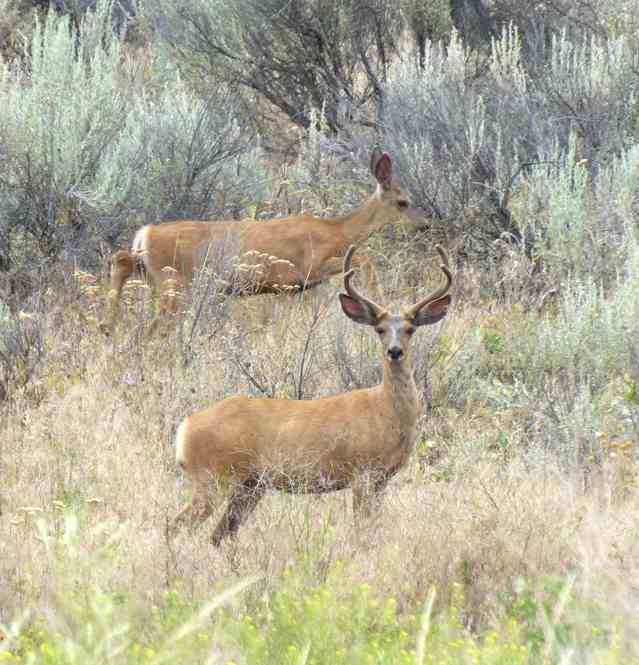
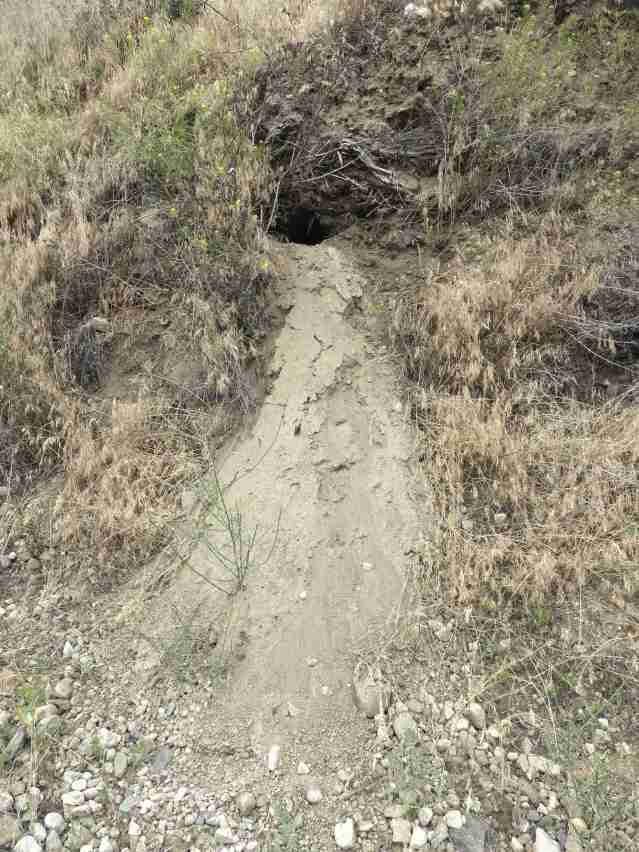
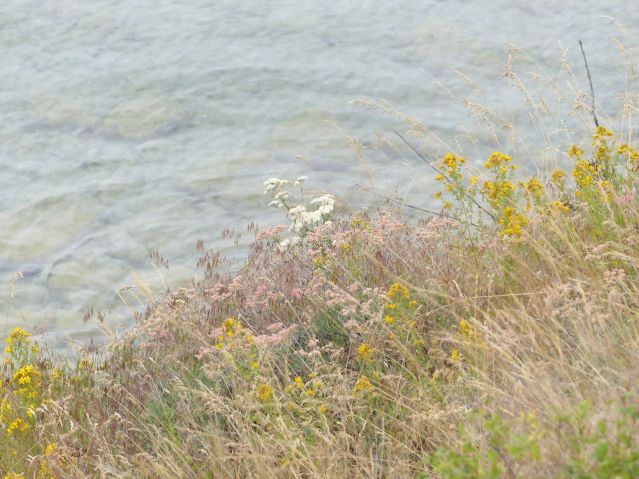
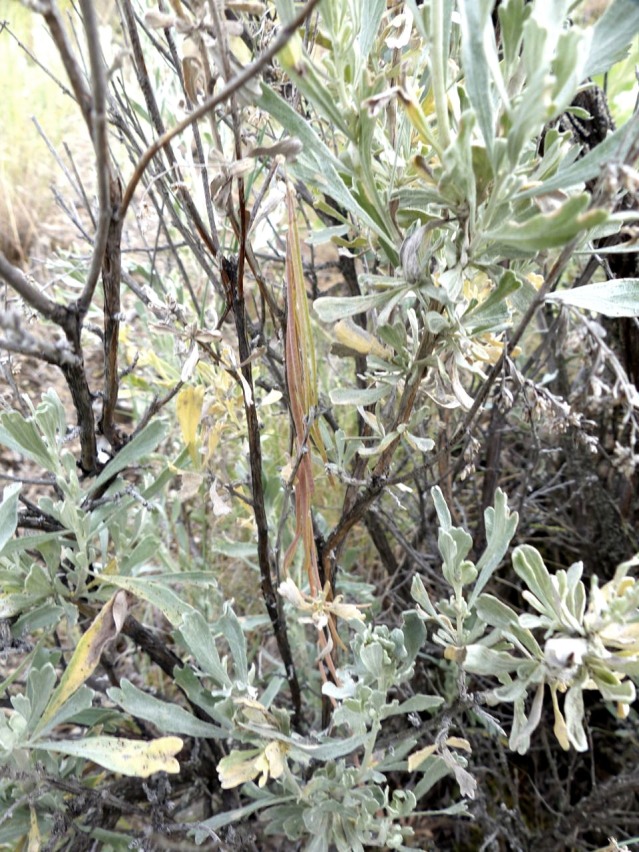


wonderful, wonderful images!
LikeLike
Thanks! My daughter came to town, so we went out together. She has some great images, too!
LikeLike